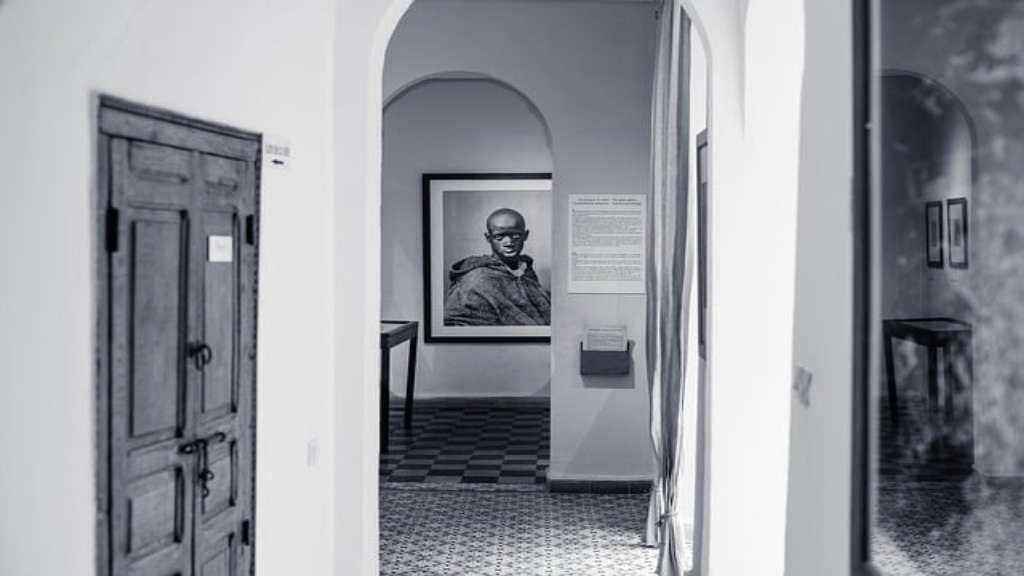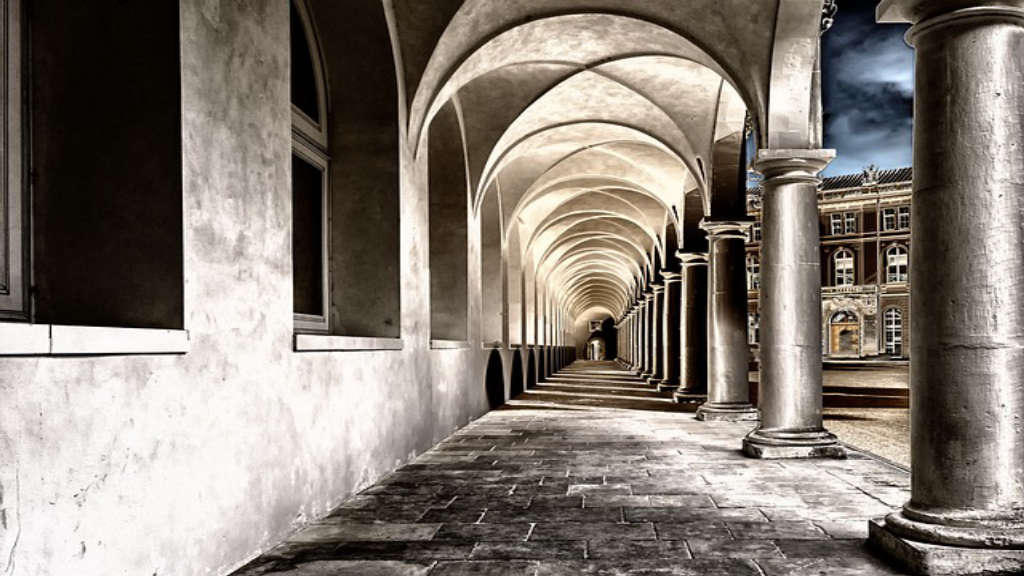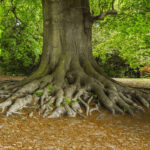Nature has long been a profound source of inspiration for artists around the world. The vibrant colors, intricate patterns, and tranquil sounds of the natural environment tend to spark creativity in unexpected ways. Embracing the outdoors can invigorate our imagination and lead us to explore unique artistic expressions. This relationship between art and nature illustrates how artistic inspiration from nature can transform our creative processes, allowing us to connect more deeply with both our surroundings and our inner selves.
Main Points
- The connection between nature and artistic creativity.
- Exploring different forms of artistic expression inspired by the natural world.
- The impact of nature on mental health and creativity.

The Inspirational Power of Natural Landscapes: How Scenery Shapes Artistic Vision
Natural landscapes serve as a profound source of inspiration for artistic expression. When artists immerse themselves in the tranquility of nature, they often find their creativity ignited. The vivid colors and intricate patterns of the world around us can evoke emotions that impact how we perceive the art we create. This connection between scenery and vision isn’t merely coincidental; it’s an intrinsic relationship that enriches our creative journeys.
Key Ways Nature Influences Art
- Color Palette: Natural landscapes offer artists a rich spectrum of colors. The subtle hues of a sunset or the vibrant greens of a forest can lead to innovative color choices in their work.
- Form and Structure: The organic shapes found in nature can inspire unique forms in art, guiding artists to explore new dimensions.
- Emotional Response: A tranquil lake or a stormy sea can provoke varied emotional responses, allowing an artist to express complex feelings through their creations.
Consequently, as artists wander through these breathtaking environments, they absorb myriad influences, shaping their unique pathways. It’s fascinating to consider how a simple walk in the woods could lead to a masterpiece. Nature not only inspires but also challenges the limits of human creativity, blurring the lines between reality and art.

Connecting with Nature: Techniques for Harnessing Outdoor Serenity to Boost Creativity
In today’s fast-paced world, many of us struggle to find moments of genuine inspiration. Yet, nature offers a sanctuary for the mind. Engaging with the outdoors can evoke a profound sense of peace, ultimately enhancing our creativity. So, how can we cultivate this connection?
Embrace Mindfulness in Nature
When you step outside, take a moment to breathe deeply and observe your surroundings. What do you see? Feel? By immersing yourself fully in the natural environment, you sharpen your awareness. Engaging with the sounds and scents around you can stimulate fresh ideas.
Outdoor Activities as Creative Catalysts
Participate in activities like hiking or gardening. These experiences do more than just get you moving; they also encourage a flow of creative thoughts. The rhythmic motion of walking, for example, can foster a sense of clarity—allowing new ideas to surface.
Simplifying Focus through Nature
Consider keeping a journal outdoors. Jotting down thoughts surrounded by trees and chirping birds can reveal deeper insights. In this tranquil setting, the distractions of everyday life fade away, making space for your imagination to flourish.
| Techniques | Benefits |
|---|---|
| Mindfulness | Enhances awareness |
| Outdoor Activities | Boosts circulation of ideas |
| Journaling | Encourages deeper thinking |
By integrating these practices into your routine, you’ll find a greater sense of ease and a renewed connection to your creative self. Nature can be a powerful ally—if we only take the time to join it.
The Role of Flora and Fauna in Artistic Innovation: Exploring Nature as a Muse
Nature has long served as a profound inspiration for artists, influencing their creations in various ways. From the delicate petals of a flower to the majestic movement of wildlife, the complexity of flora and fauna ignites the artistic spirit. Consider how Van Gogh infused the essence of vibrant sunflowers into his palette, transforming nature into art that resonates with emotion and depth.
However, the relationship between art and nature is not merely one-sided. The depiction of animals, plants, and landscapes often prompts an intimate dialogue with the artist. This dialogue can evoke feelings of nostalgia, wonder, or even a deeper existential reflection. Moreover, many contemporary artists experiment with living organisms, challenging traditional boundaries and redefining the very notion of what constitutes art.
The ever-evolving relationship between humans and nature complicates this narrative. As ecological concerns rise, many create pieces that convey urgent messages about our planet. Ultimately, the role of nature as a muse is multifaceted. It invites not only admiration but also a critical examination of our connection to the world around us, prompting both joy and contemplation.
Conclusion
Artistic inspiration from nature often evokes a profound connection within us. By observing the intricate details of our surroundings, we discover patterns and colors that influence our creativity. This natural beauty serves as a reminder of the endless possibilities waiting to be explored. We can find solace and motivation in these moments, encouraging us to express ourselves in unique ways. As we embrace nature’s gifts, we learn to translate our experiences into art that resonates with others. Ultimately, the world around us enriches our creative journey, guiding us to celebrate the artistry inherent in life itself.
Frequently Asked Questions
How can nature inspire my artwork?
Nature can serve as a rich source of inspiration by providing various colors, textures, and forms that can be translated into your art. You can observe landscapes, plants, animals, and natural phenomena to stimulate your creativity.
What techniques can I use to incorporate nature into my art?
You can use techniques such as sketching nature scenes, using natural materials in mixed media, or creating color palettes based on the hues found in nature. Additionally, taking field trips to natural settings can enhance your observational skills.
Are there specific art styles that focus on nature?
Yes, there are several art styles that emphasize nature, including Impressionism, which captures light and atmosphere, and Romanticism, which often portrays dramatic landscapes. Contemporary eco-art also focuses on environmental themes and our relationship with nature.




